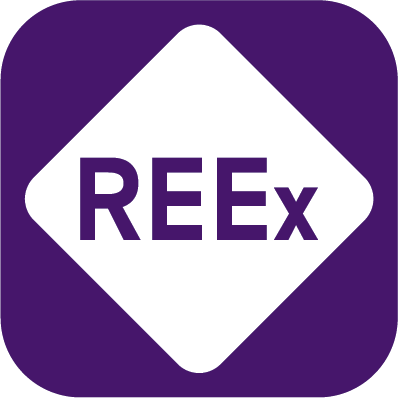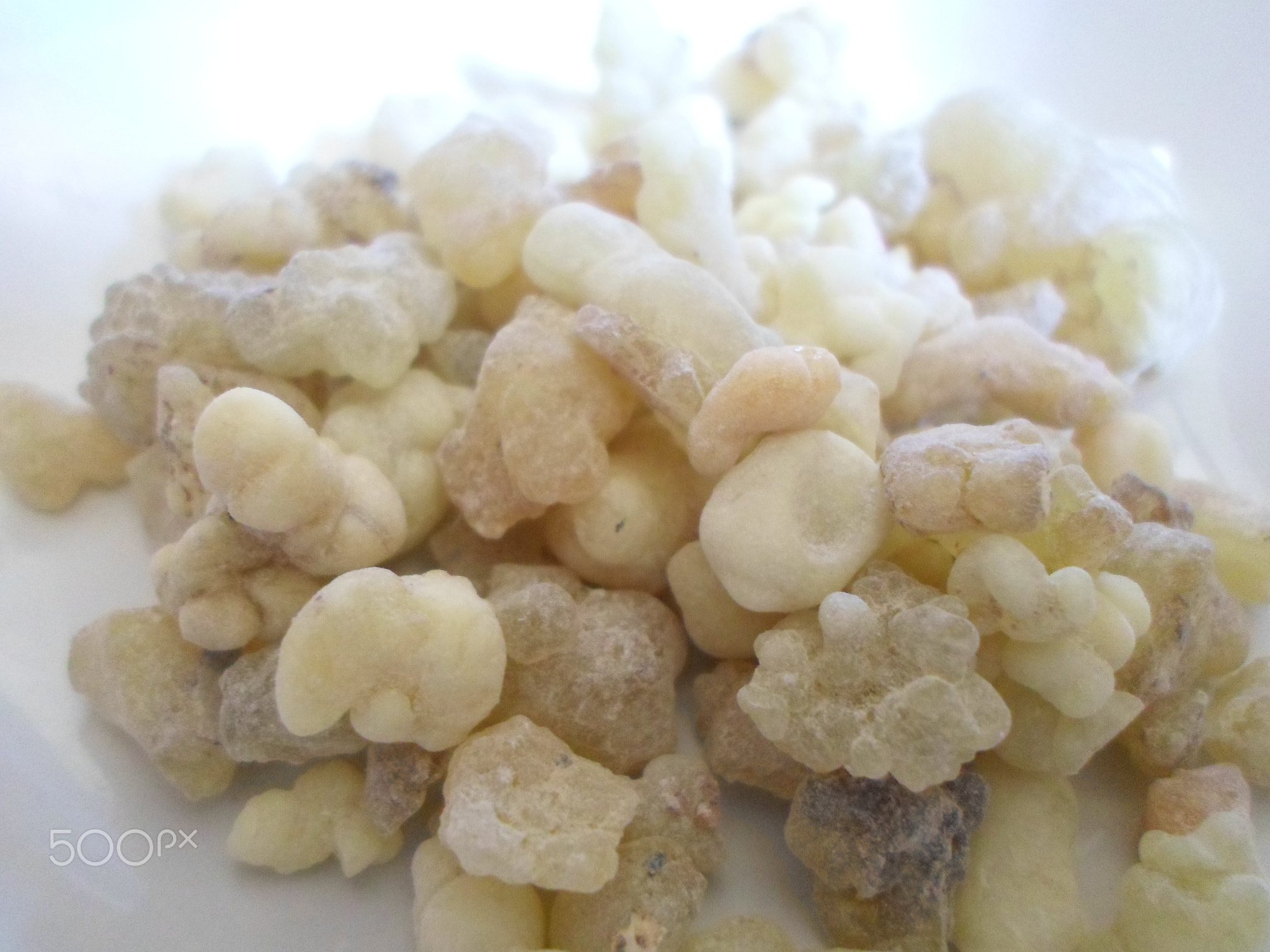benjaminvasey1
About benjaminvasey1
Exploring City Green Areas: A Research of Group Interaction And Biodiversity
City green spaces play a vital position in enhancing the standard of life in cities. They function essential areas for recreation, relaxation, and social interaction amongst residents. This observational research article goals to explore the dynamics of group interaction inside city inexperienced spaces and their impression on native biodiversity. The research focuses on a specific urban park, Greenfield Park, located in the center of a bustling metropolis, and examines how the park serves as a microcosm of city life.
Greenfield Park covers approximately 50 acres and options strolling trails, playgrounds, picnic areas, and a small pond. Over the course of three months, from June to August, the park was observed throughout totally different occasions of the day, including mornings, afternoons, and evenings, to collect a comprehensive understanding of how the house is utilized by the neighborhood and the wildlife it supports.
During the observational period, the park was frequented by a various demographic, together with families, joggers, canine walkers, and elderly people. If you loved this post and you would like to obtain additional facts regarding erectiledysfunctiontreatments.online kindly pay a visit to our page. Mornings were particularly standard with health enthusiasts who utilized the walking and jogging paths, whereas afternoons noticed an influx of families and kids enjoying the playground and picnic areas. Evenings attracted groups of mates and couples, making a vibrant environment crammed with laughter and social interactions.
One notable commentary was the interplay between people and dogs. The park options a delegated canine area, which turned a focal point for canine house owners in search of a communal area for their pets. The canine area not only facilitated socialization among dogs but in addition among their homeowners, resulting in the formation of informal networks. Conversations about canine breeds, coaching tips, and local pet services flourished, demonstrating the park’s role as a social catalyst.
The presence of kids in the park added one other layer to the community dynamics. Youngsters engaged in varied actions, from taking part in on the swings to participating in organized sports activities. The playground was usually filled with laughter, as youngsters interacted with each other, forming friendships that transcended age and background. Mother and father ceaselessly gathered close by, exchanging parenting recommendation and fostering a way of neighborhood through shared experiences.
In addition to the human interactions, the park additionally served as a habitat for varied species of flora and fauna. The pond attracted ducks and other waterfowl, whereas the encircling bushes provided shelter for birds and small mammals. Observations revealed a rich biodiversity, with over 30 species of birds identified, together with robins, sparrows, and woodpeckers. The presence of native plants contributed to the ecological balance, offering meals and habitat for wildlife.
The impression of city inexperienced areas on mental well-being was evident in the course of the observations. Many visitors expressed feelings of tranquility and happiness while spending time in the park. People practising mindfulness or yoga in quiet corners of the park highlighted the therapeutic advantages of nature. The sounds of birds chirping and the sight of greenery supplied a a lot-needed escape from the urban hustle and bustle.
However, the observations also revealed challenges faced by urban green spaces. Littering and upkeep issues have been prevalent, detracting from the general expertise for visitors. Discarded plastic bottles and food wrappers have been typically discovered along strolling paths, prompting discussions among park-goers in regards to the significance of environmental stewardship. Community-led clean-up initiatives emerged as a potential solution, showcasing the proactive nature of residents who care for their shared environment.
Another challenge observed was the seasonal variability in park utilization. While summer season attracted a higher number of visitors, the arrival of colder weather would possible result in a decline in attendance. This fluctuation raises questions on how to take care of group engagement 12 months-spherical and be sure that the park stays a vibrant hub for social interaction.
To further perceive the significance of Greenfield Park, interviews have been conducted with several regular guests. One participant, a retired teacher, emphasized the importance of the park in fostering connections among neighbors. ”It’s a place the place we can all come collectively, no matter our backgrounds. I’ve made pals right here that I wouldn’t have met otherwise,” she shared. Another customer, a younger mom, noted the park’s function in offering a secure house for her youngsters to play and work together with different youngsters. ”It’s comforting to know they can run round freely and make buddies in a protected atmosphere,” she said.
The observations and interviews spotlight the multifaceted function of city green areas in fostering community interplay and supporting biodiversity. Greenfield Park not only serves as a recreational space but additionally as a social hub that strengthens community ties and promotes environmental consciousness. The interactions observed among guests underscore the importance of these spaces in city settings, the place alternatives for connection might be limited.
In conclusion, urban green spaces like Greenfield Park are vital for enhancing community interplay and supporting local biodiversity. The observations conducted over three months reveal a dynamic interplay between humans and nature, showcasing the park as a significant useful resource for residents. Nevertheless, challenges reminiscent of littering and seasonal variability must be addressed to make sure the park remains a thriving group area. By fostering a way of ownership and duty amongst guests, city green areas can continue to function essential areas for recreation, socialization, and environmental stewardship in the center of our cities. Future analysis may explore methods to reinforce group engagement and promote sustainable practices within urban parks, guaranteeing their longevity and continued significance in city life.
No listing found.


